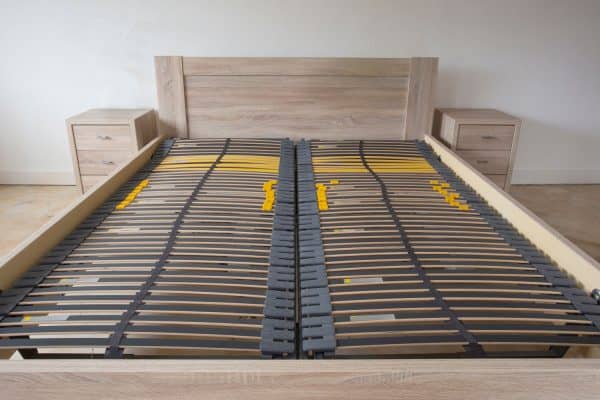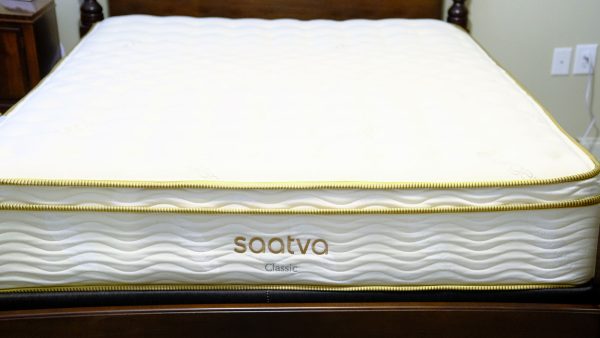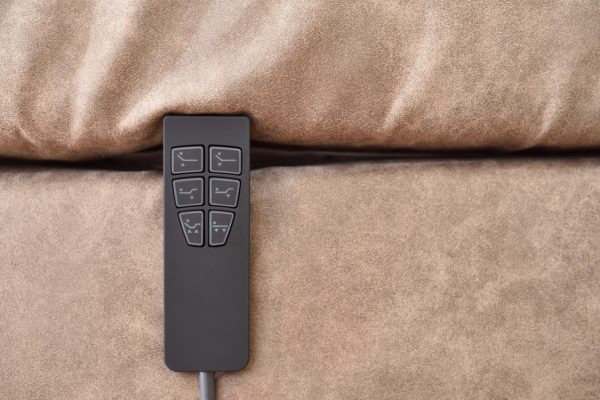When you purchase a mattress today, more likely than not, your mattress supplies will attempt to sell you a box spring. Box springs are used to support mattresses, but do you really need one for your mattress? And what are the alternatives if you prefer not to have a box spring? We've researched a few box springs alternatives, and in this post, we will answer these questions for you.
Most mattresses will require a box spring or other foundational material for support. Here are a few box spring alternatives to consider:
- Platform beds
- Homemade bed support
- Bunkie board
- Memory foam
- Wood platforms
- Adjustable beds
Though many people prefer the typical box spring beneath their mattresses, a growing number of the population want to do away with them. Because of this, there is an increasing number of box spring alternatives entering the marketplace. Continue reading to learn more about these options.
6 Box Spring Alternatives
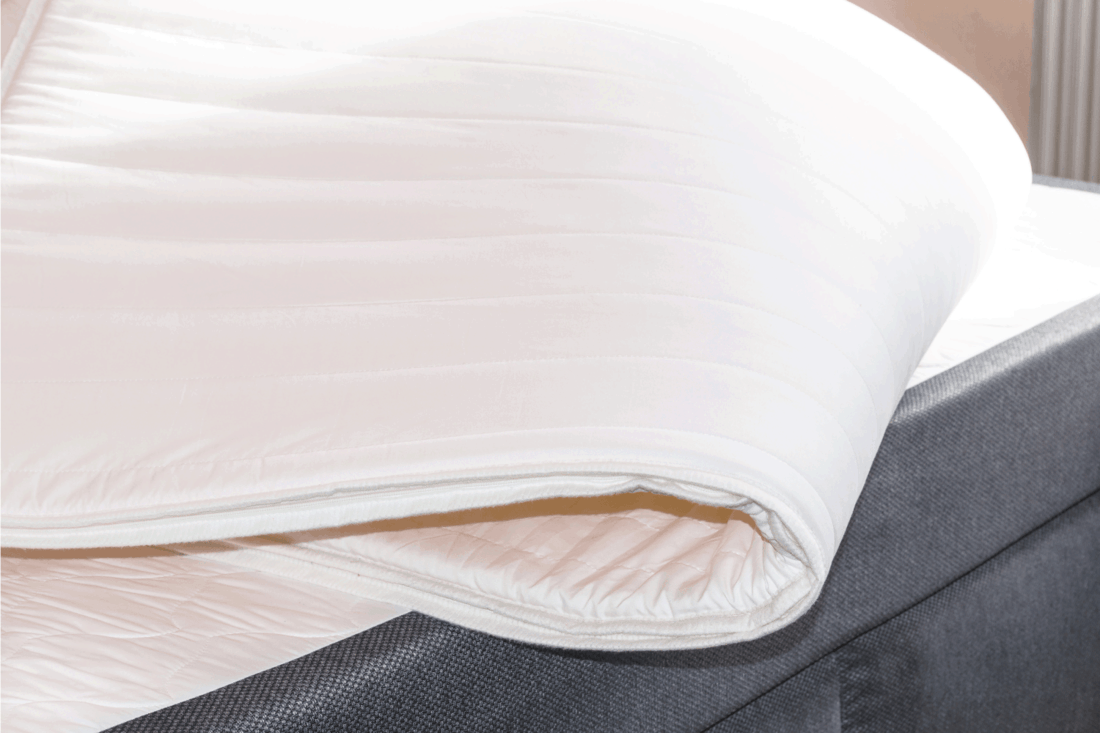
Though not as expensive as mattresses, box springs can seem like an unnecessary expense, especially when there are so many other options available. On average, a box spring will range anywhere from $60 to $100, which can be a significant amount of money if you just sprung $900 for a new mattress.
Box springs can also prevent mattress ventilation and cause mold issues if kept in a humid environment. Lastly, some people prefer their mattresses closer to the floor. Box springs tend to add about 10 inches to the height of your mattress. Some people find that this makes their bed too tall and uncomfortable to access and opt for a shorter alternative.
Platform Beds
These beds are composed of a wood or metal frame that sits high off of the floor. They offer the same amount of support for your mattress as any box spring would, and they can give your bed a more contemporary look. Many of these platform frames also include additional space that can be used for storage. Lastly, the design of the beds allows for more airflow surrounding the mattress.
We may include affiliate links and curated AI content to highlight top design styles.
Read more details about this bed on Amazon.
Homemade Bed Support
You can also make your own homemade mattress support. If you're handy with a drill or hammer, consider throwing together a few pieces of wood and creating a solid support system for your bed. It doesn't have to be the same size as a bed frame, just something big enough to support your entire mattress and your weight.
Be sure to measure the square footage of your mattress ahead of time so that you can know how wide and long the support frame should be. And don't be afraid to get fancy. Consider adding decorative components to the side of the frame, such as painting it or shaping the wood with interesting curves and designs.
Bunkie Board
Bunkie board mattresses are relatively popular in Europe, Asia, and the UK. And there's been an increase in the United States, given their low price point and convenience. Bunkie beds can be placed on the floor or easily tossed on top of a wooden slat for a bit of extra support and foundation. The great thing about bunkie boards is that they're easy to store and transport.
They're also relatively lightweight. If you're looking for a space saver and don't mind being close to the floor, consider a bunkie board. You can also make a homemade box spring if you prefer not to place the board on a slate or want the board to sit higher.
Find out more about this bunkie board on Amazon.
Memory Foam
Memory foam mattresses are an excellent alternative to beds with box springs. The invention of memory foam mattresses has somewhat transformed the bedding industry, and they aren't going anywhere anytime soon. These mattresses can help with back pain, shoulder issues, and other injuries that may make sleeping comfortably a challenge.
They are self-supporting, meaning that they don't need the assistance of a structured box spring beneath them, and they are pretty durable. These mattresses are the same height as regular mattresses, and they are typically hypoallergenic, which is a plus for allergy sufferers.
Check out this memory foam mattress on Amazon.
Wood Platforms
Wood platforms are a less expensive alternative to box springs. They're typically lighter than most box springs and provide efficient airflow around mattresses. If you're looking for a good option that has great functionality, support at a competitive price, this may be a choice worth considering. However, it's important to note that these platforms are typically only a few inches high, usually no more than six or seven inches. If being too close to the floor will be an issue for you, this may not be the best option.
Adjustable Beds
Adjustable beds are also worth considering if you're looking for an alternative to box springs. These beds run on a motorized platform and can be adjusted for comfort. You usually see these beds in healthcare facilities such as hospitals and nursing homes. They're great for those suffering from back injuries or other conditions that may make sleeping difficult. Adjustable beds can be lowered or raised and typically come with a tilt option for sitting up or reading.
Learn more about this adjustable bed on Amazon.
Do I really need a box spring?
In short, no. You don't need a boxspring to accompany your mattress. However, your mattress will require some foundation to prevent it from sagging. Let's look at the key benefits of box springs.
Provides weight support
The primary purpose of a box spring is to support the mattress so that it is comfortable to the user to prevent it from sagging, especially in the middle.
Absorb Shock
Box springs also help increase mattresses' lifespan by absorbing any shock that the mattress indoors from body weight.
Adds Additional height
Lastly, a box spring helps increase the height of a mattress by adding 8 to 10 inches to the top. This is especially helpful for people who are over six feet and may prefer a toddler mattress. The only can it make climbing into bed more comfortable, but it can also make sitting on the edge of the bed much more accessible.
Is it better to have your bed high or low?
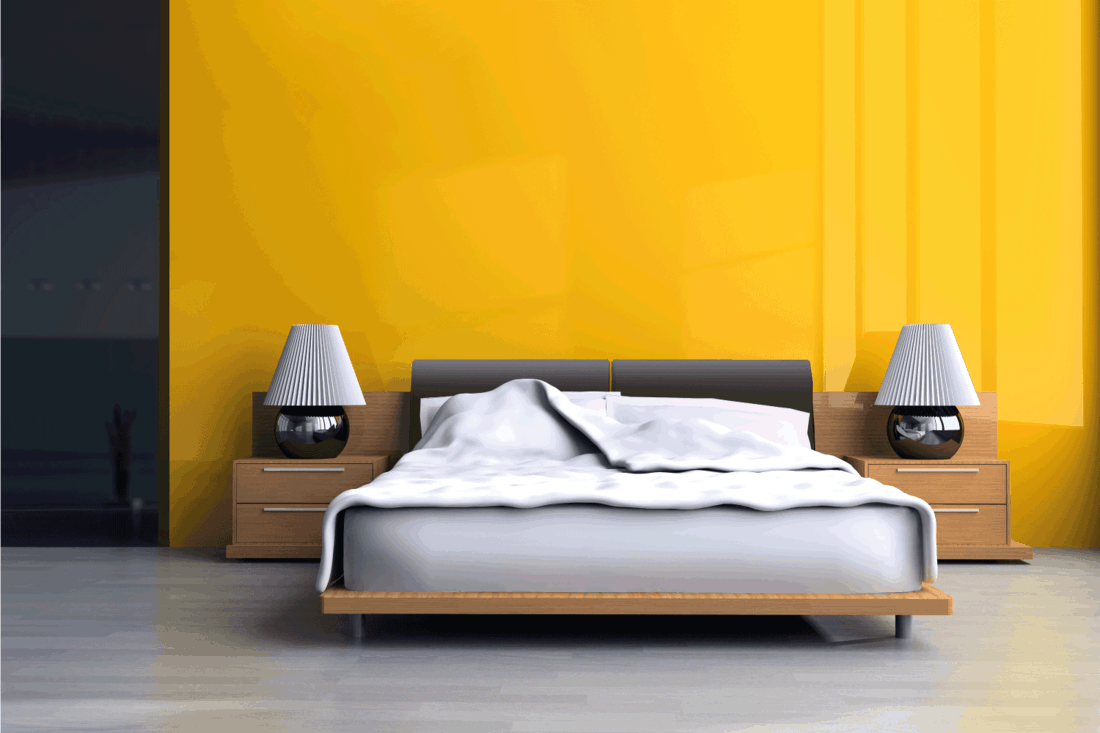
Whether or not a bed should be high or low depends on the user's personal preference. Users on the taller side, let's say six feet or overcome, may prefer a more elevated bed. People who are of shorter stature, say five feet are under, may prefer a bit that's shorter so that it's more easily accessible. The average height for an adult bed is about 17 to 24 inches.
This average height is close to the average knee height for adults. It's essential to consider the ease with which you'll be able to get in and out of her bed when deciding on the height for your bed. Also, think about whether your feet will be comfortable when sitting on the edge of the bed. For example, do you prefer your feet to dangle on the edge of the bed or set flat lie on the floor?
Keep in mind that mattresses that are less than 16 inches on the floor or more than 24 inches tall can be rather challenging to access, and they may require you to stoop over or hop onto the bed. This can be challenging for children and the elderly.
Why is it bad to put a mattress on the floor?
There are quite a few reasons why it's not a good idea to put your mattress on the floor. Here are the two biggest ones:
Susceptibility to bedbugs and other pests
Floors are generally the dirtiest places in a home. Not only do they contain dirt and germs from the outside, but they're typically breeding grounds for bugs and other pests. These pests can easily latch onto your mattress fibers and on to you during the night.
Difficulty to use mattress
Getting in and out of a bed that's directly on the floor can trigger anyone who has chronic, back, or arthritic pain, Not to mention that it causes you to expend more effort to kneel onto and then hoist yourself out of bed daily.
Mold & mildew issues
Mattress placed directly on the floor may not have to capability to ventilate properly. In turn, this can cause issues with excessive moisture with the mattress, particularly in humid environments.
Wrapping Things Up
We hope that this post has introduced you to the number of alternatives you can use for a box spring. Remember, it's best to consider your height and comfort level when choosing the ideal support structure for your mattress.
Before you go, be sure to check out our other posts:




